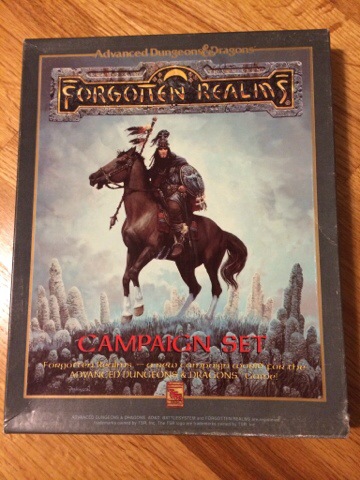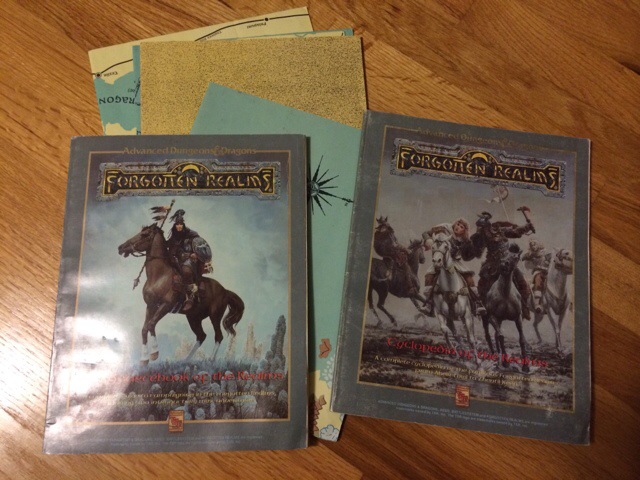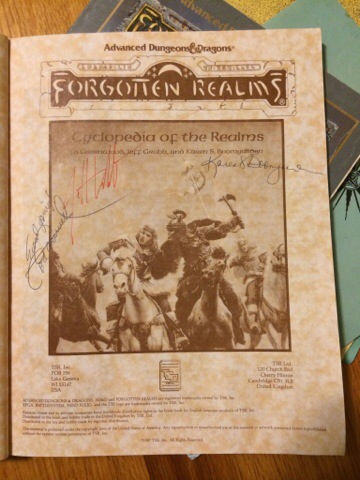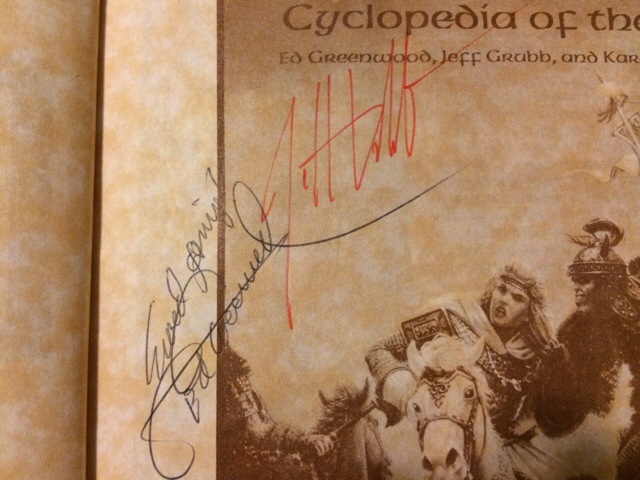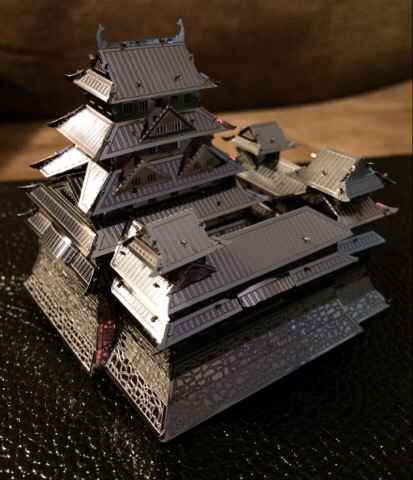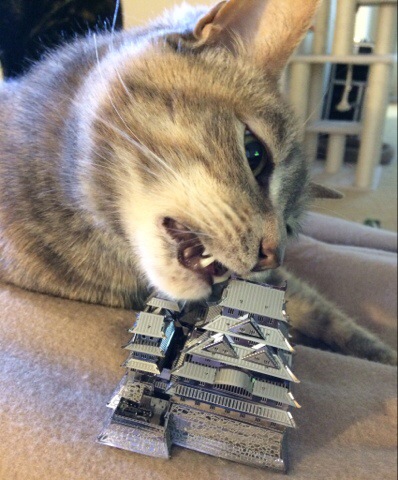It’s been a while since an MTG post, so it’s time to give my reviews of two recent releases.
The first is Commander 2013, which was released back in November of last year:

This product remains a bit controversial since one of the five decks (Mind Sieze) was – and remains – much more difficult to find than the other four. Despite herculean attempts I never saw it in any store myself, and ended up paying probably too much to get it at a convention. Wizards would eventually reprint the series with a disproportionate amount of Mind Sieze decks and yet it still remains hard to find. This is all (as is usually the case in these products) due to one single card in this deck only being in great demand for players of legacy MTG. This is the card:
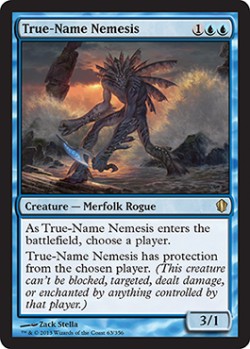
Dedicated MTG players buy four copies of the Mind Sieze deck just to get four copies of this card for their decks, making it much harder to find for everyone 🙂
At any rate I eventually got all four, and over several weeks played 20 games in total, matching each deck against the others. Here’s the score breakdown:
Evasive Maneuvers (W/U/G): 3 wins, 1 loss
Eternal Bargain (W/U/B): 3 wins, 1 loss
Power Hungry (B/R/G): 3 wins, 1 loss
Nature Of The Beast (W/R/G): 1 win, 3 losses
Mind Sieze (U/B/R): 0 wins, 4 losses
In essence, it was a tie since EM beat EB beat PH beat EM! Three of the decks seem well matched with the other two being poor competition. Mind Sieze in particular failed to deliver, but my feeling playing it was that it was much better suited to multi play than 1 vs 1 (as is natural for a Commander deck).
In terms of individual decks, I like Eternal Bargain the most. The commander in particular is fun to play, and makes me want to build a lifegain deck around him (shame he isn’t W/G/B instead though). Most of the time, this deck won a game with massive amounts of health remaining.
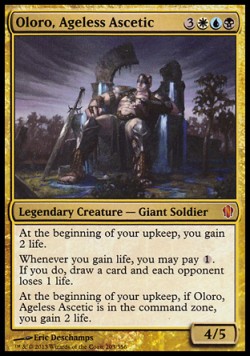
I’ll soon split the decks up picking out individual cards for self-designed decks and absorbing them into my larger collection. At $30 each for 100 cards, these are well worth it and every bit as good as the first commander series in my opinion.
The second new product I have recently played is the new duel deck: Jace vs Vraska
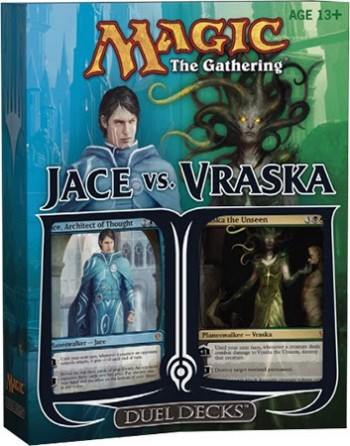
I really enjoyed the last duel deck, and thought they were the best matched yet in the series. Sadly, this one takes a step back in playability.
Of the five games I played, Jace won all five and usually won them quite handily. His mono-blue deck is a weird mix of cards, dipping its fingers in many pots (illusions, counters, mill) without seeming to commit to any. It takes only a moment to look at the decklist and theorize ways to improve it, and yet ill-focused as it is it had no trouble shutting down Vraska in every game. Her deck has a green/black removal focus, with most spells and creatures dedicated to killing other creatures or removing life. While on paper her deck seems more cohesive than Jaces (and therefore I assumed it would win more often), in practice – at least in the five games I played – it was always just a bit too slow to get the upper hand. Jace’s illusions in particular were extremely effective once on the board, and one thing I took away from this duel deck was the potential of an all-illusion deck.
So a shutout in terms of gameplay, with Jace winning every time. Even with his (new) bad art, he’s still a badass 😉
